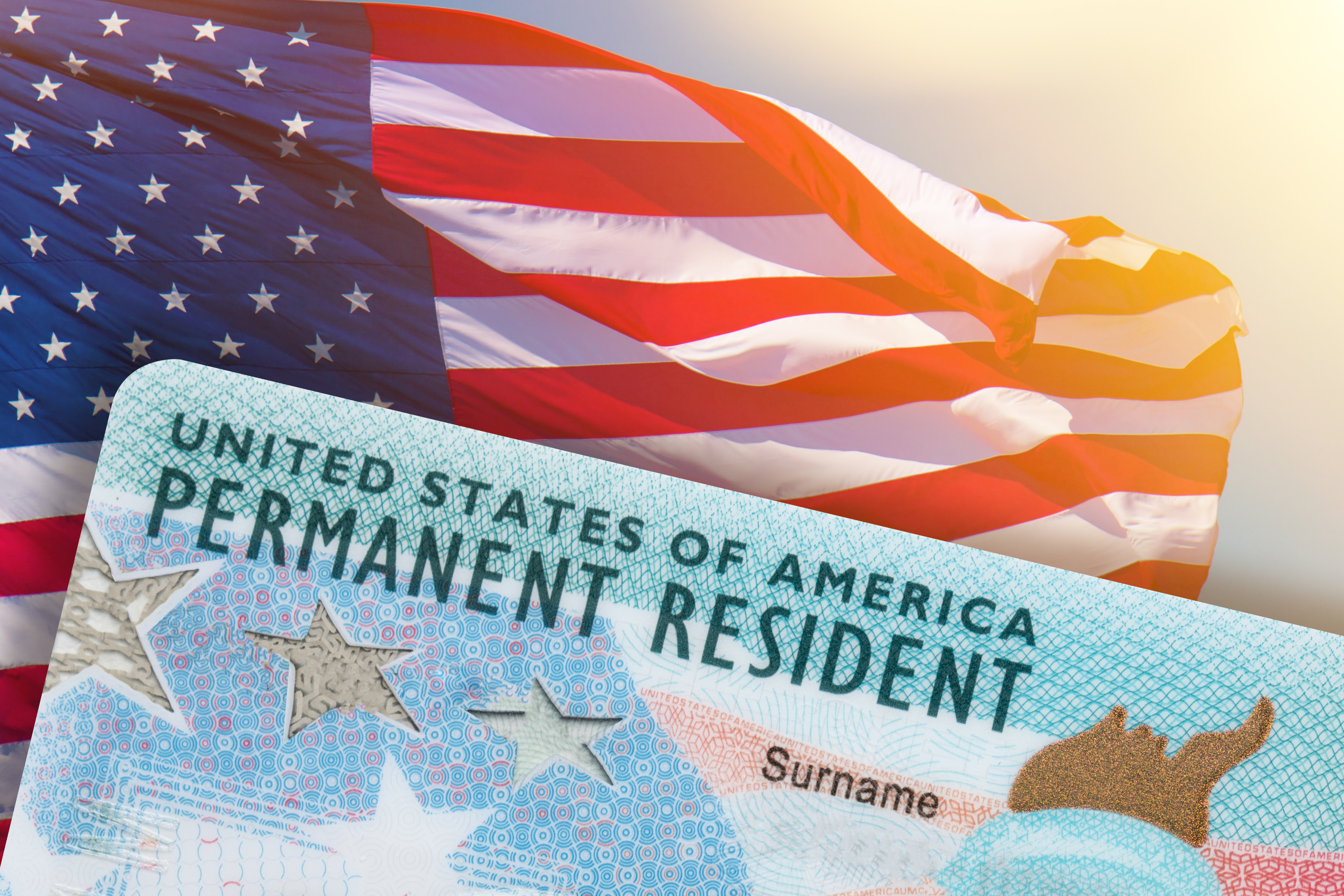How to Get a Green Card in the USA

Obtaining a green card, also known as lawful permanent residency, is a significant milestone for individuals seeking to live and work permanently in the United States. The green card provides numerous benefits, including the ability to reside in the country indefinitely, work for most employers, and eventually pursue citizenship. In this guide, we will walk you through the various pathways to obtain a green card and the steps involved in the process.
Family-Based Sponsorship
One of the most common ways to obtain a green card is through family sponsorship. If you have an immediate relative who is a U.S. citizen (such as a spouse, parent, or unmarried child under 21 years old), they may be able to petition for your green card. The process involves filing an I-130 petition, proving the familial relationship, and navigating the subsequent steps to complete the application.
Employment-Based Immigration
For individuals with a job offer or specific skills that are in demand in the United States, employment-based immigration provides a pathway to a green card. Employment-based categories are divided into several preference levels, depending on factors such as the individual’s qualifications, work experience, and the needs of the U.S. job market. The employer usually initiates the process by filing an I-140 petition, and once approved, the employee can proceed with the green card application.
Diversity Visa Lottery
The Diversity Visa (DV) Lottery, also known as the Green Card Lottery, is a program that allows individuals from countries with historically low rates of immigration to the United States to apply for a green card. The lottery is held annually, and winners are selected randomly. If selected, applicants must meet additional requirements and complete the green card application process.
Refugee or Asylee Status
Individuals who have fled their home countries due to persecution or fear of persecution on account of their race, religion, nationality, political opinion, or membership in a particular social group may be eligible for a green card as a refugee or asylee. This process involves seeking protection in the United States and establishing a valid claim for refugee or asylum status. Once approved, refugees and asylees can apply for a green card after residing in the U.S. for at least one year.
Special Programs
There are various special programs that provide avenues to a green card. These include the Violence Against Women Act (VAWA) for victims of domestic violence, the U visa for victims of certain crimes who cooperate with law enforcement, and the T visa for victims of human trafficking. Each program has specific eligibility requirements and application procedures that must be followed.
Application Process
Once you have determined the appropriate pathway to obtain permanent residency, the application process generally involves the following steps:
- Filing the appropriate petition or application form, such as the I-130, I-140, and/or I-485, depending on the pathway you are pursuing.
- Submitting supporting documentation, including proof of identity, relationship (for family-based sponsorship), employment offers (for employment-based immigration), and evidence of eligibility.
- Undergoing medical examinations by authorized physicians to ensure you meet health requirements.
- Attending biometrics appointments to provide fingerprints and other required information.
- Attending an interview at a U.S. Citizenship and Immigration Services (USCIS) office, where an immigration officer will review your application, ask questions, and verify your eligibility.
- If approved, receiving your green card.
Obtaining permanent residency is a significant step towards building a new life in the United States. The process is complicated and it is important to obtain an immigration attorney who can effectively guide the client through the process.



